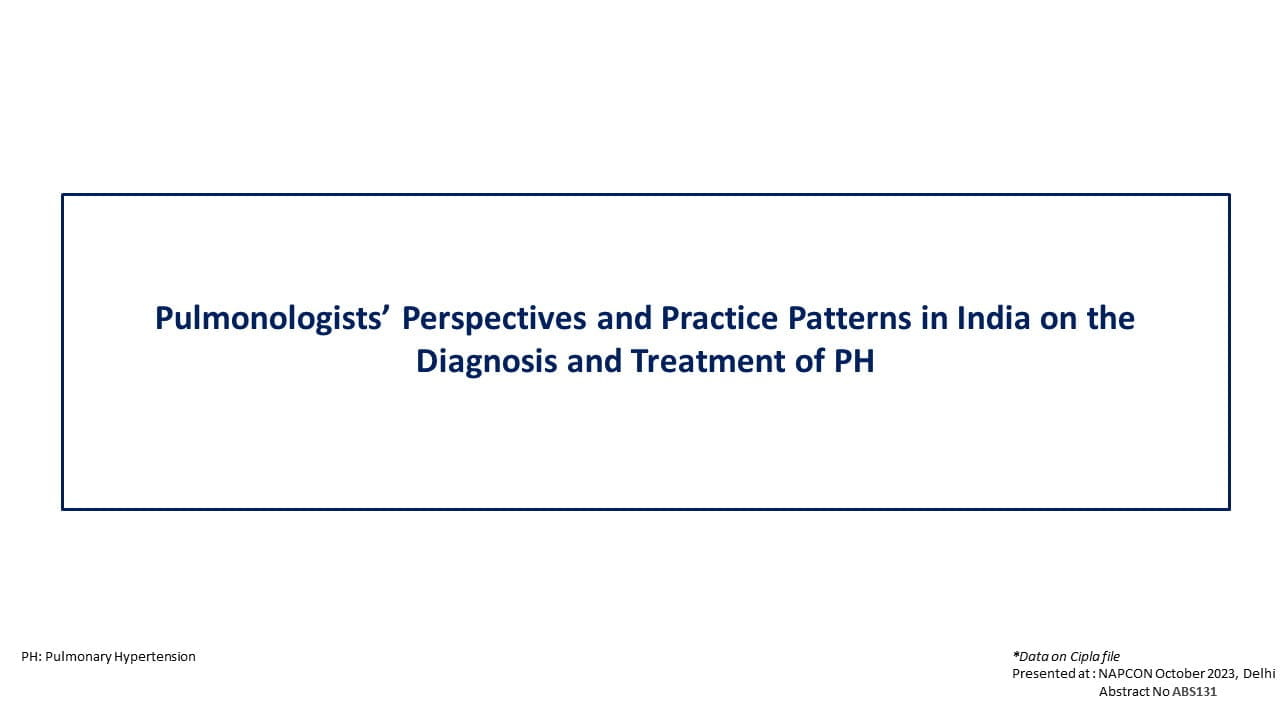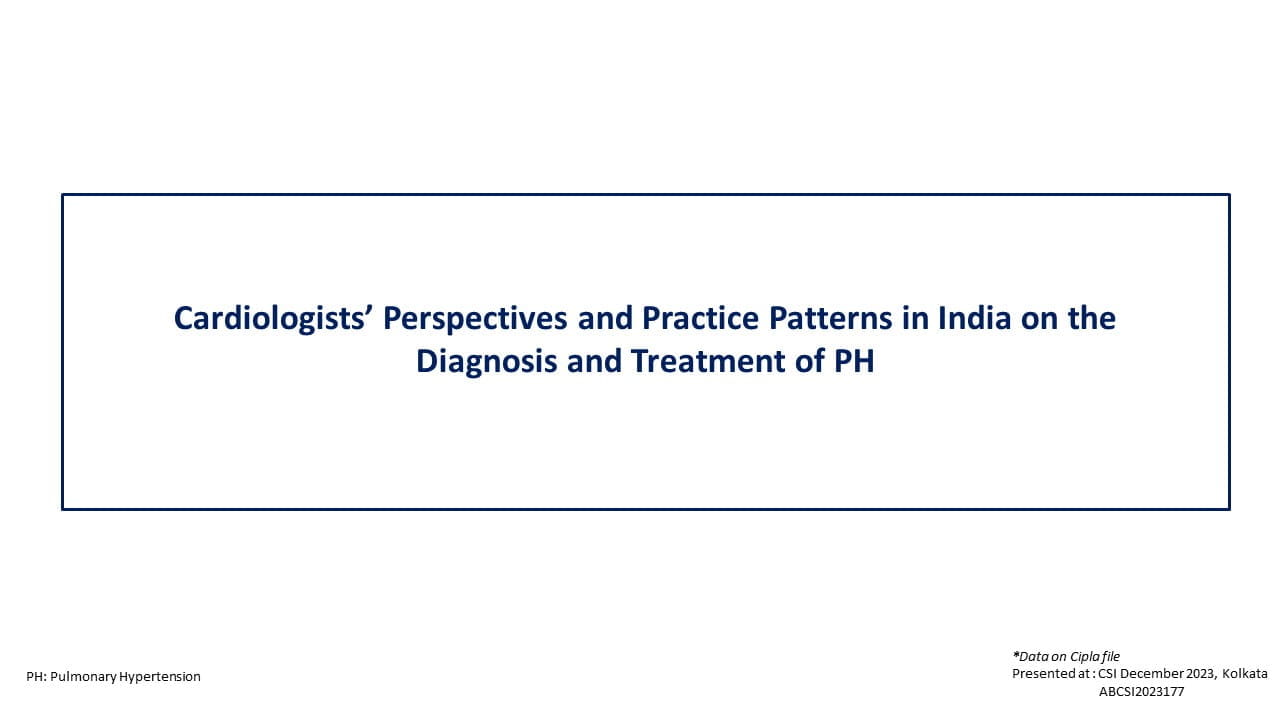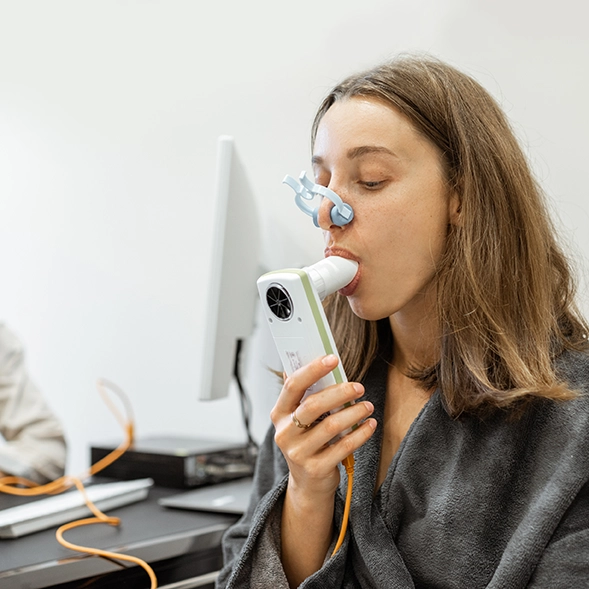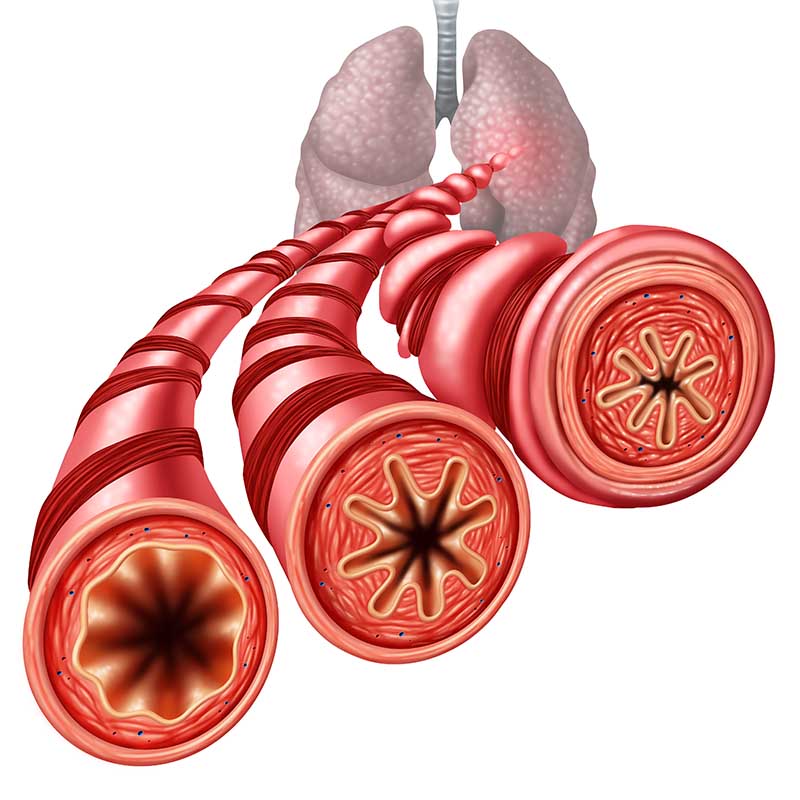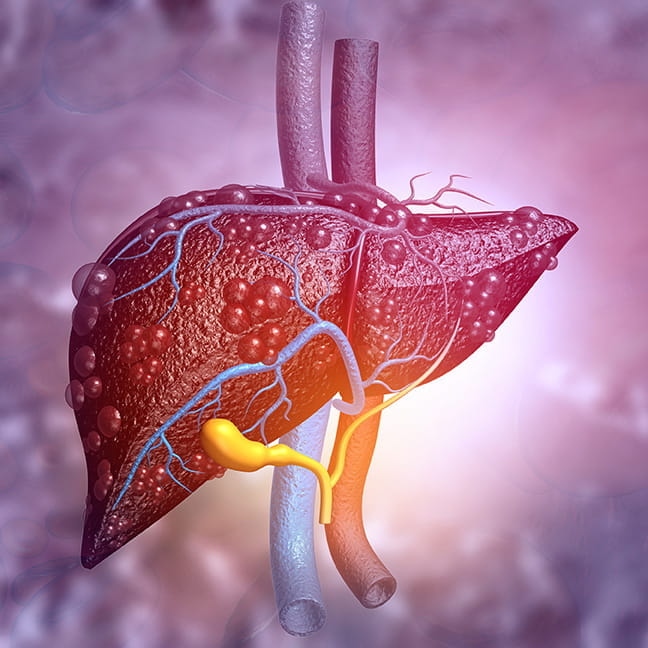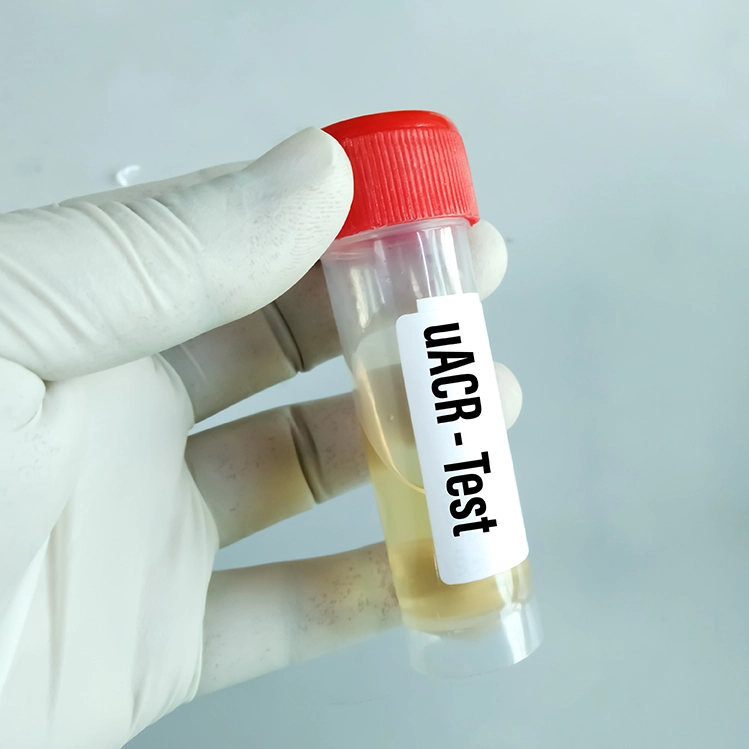Introduction
Management of HIV-1 in individuals with end-stage kidney disease (ESKD) undergoing hemodialysis (HD) need complex dose-adjusted regimens. However, the data on single-tablet regimen (STRs) is limited.
Aim
To assess the efficacy & safety of once-daily bictegravir/ emtricitabine/tenofovir alafenamide (B/F/TAF) and to evaluate the pharmacokinetics of bictegravir (BIC) in adults with HIV-1 and ESKD on HD
Patient Profile
Adults with ESKD on HD and HIV-1 with virological suppression
Methods
- Open-label extension (OLE) of an open-label, multicentre, single-group phase 3b study
E/C/F/TAF: Elvitegravir/cobicistat/emtricitabine/ tenofovir alafenamide
STR : single-tablet regimens; B : bictegravir
Study Outcomes
- Plasma trough concentrations (Ctrough) of BIC were determined on HD days at weeks 4, 24 and 48
- Virological response was evaluated by the proportion of participants with HIV-1 RNA <50 copies/mL by visit, and the change from baseline in CD4 cell count and percentage by visit.
- Safety was assessed by recording adverse events (AEs)
- The HIV Treatment Satisfaction Questionnaire, status version (HIV-TSQs) and 36-Item Short Form Survey (SF-36) were used at weeks 4, 24 and 48.
Results
- The mean trough concentrations of BIC were found to be lower than those previously documented in individuals with HIV-1 possessing normal renal function.
- These concentrations were still four- to seven-fold above the established protein-adjusted 95% effective concentration required to inhibit wild-type HIV-1.
Virological Outcomes
- By week 48 of the open-label extension (OLE), all participants achieved sustained virological suppression, with measured HIV-1 RNA levels consistently below 50 copies/mL throughout the study duration.
- CD4 counts and percentages exhibited relative stability up to week 48, with a median change from baseline to week 48 of -121 (-296 to 45) cells/µL for CD4 count and 1.5% (-5.2 to 8.8%) for CD4 percentage.
Safety
- Adverse Events (AEs): All participants experienced at least one AE during the OLE, mainly grade 1 or 2 in severity. One participant reported grade 2 nausea and grade 1 malaise related to the study drug, but none led to discontinuation.
- One participant had multiple grade 3 AEs, and three reported serious AEs; however, none were associated with the study drug, and there were no fatalities.
- Laboratory Parameters: Over the 48-week period, median hematology and clinical chemistry values showed no significant changes from baseline. Some serum values indicative of end-stage kidney disease (ESKD) were outside normal ranges at both baseline and post-baseline assessments.
- Laboratory Anomalies: Fifty percent of participants had at least one grade 3 laboratory anomaly, reflecting significant deviations in lab results, although overall median values remained largely within reference ranges.
Adherence and patient reported outcomes
- At week 48, all participants were satisfied or very satisfied with every aspect of their treatment
- Treatment satisfaction score remained stable through week 48, with median (range) baseline (n=10) & week 48 (n=9) scores of (58 (52––60) and 59(51- 60), respectively.
- SF-36 mental and physical component summary scores remained relatively stable through week 48
Conclusion
Once-daily B/F/TAF STR offers a convenient option for treatment of HIV-1 and ESKD on chronic HD thereby reducing the need for dose adjustment, easing pill burden and limiting the risk of drug potential –drug interactions.
Reference
HIV Med. 2025; 26 :302–307.


